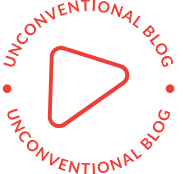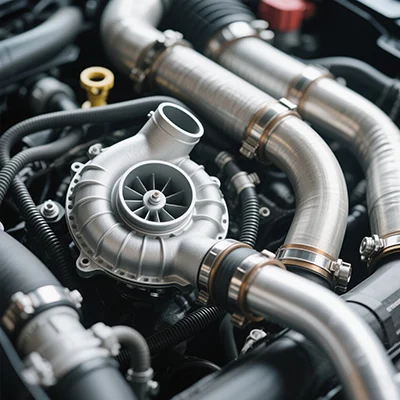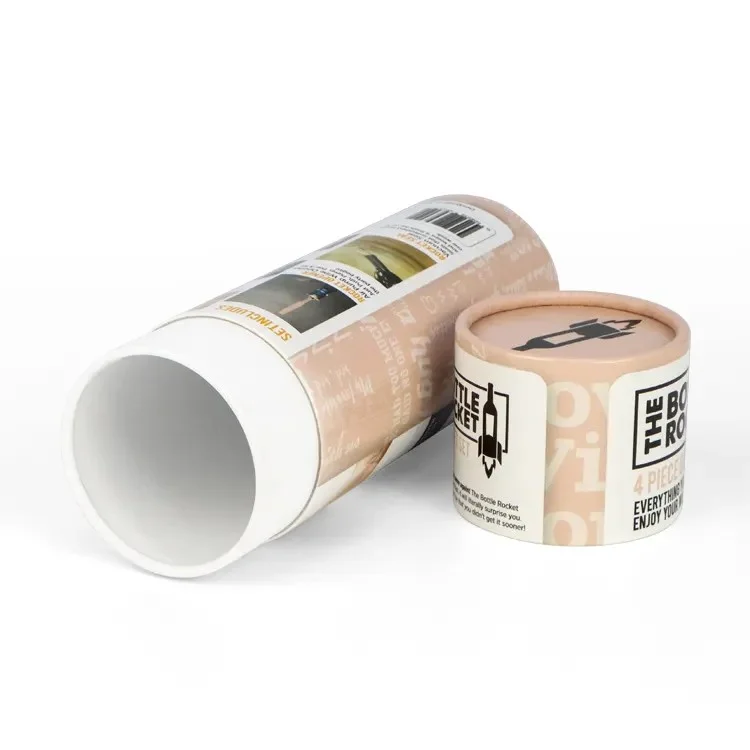The Printer Paradox: Is It Cheaper to Buy a Printer Than an Ink Cartridge?
In the age of digital communication, the need for physical documents remains strong, leading many consumers to invest in printers. However, a perplexing question often arises: Is it cheaper to buy a new printer than to purchase replacement ink cartridges? This article delves into the economics of printing, examining the costs associated with printers and ink cartridges, and providing insights to help consumers make informed decisions.
Understanding the Cost Structure
Initial Investment vs. Long-term Expenses
When considering a printer purchase, consumers are typically faced with two types of costs: the initial investment in the printer itself and the ongoing expenses related to ink cartridges.
- Initial Investment: Printers can range from budget-friendly models priced under $50 to high-end devices costing several hundred dollars. Many manufacturers employ a pricing strategy known as razor-and-blades, where the printer is sold at a low price, but the ink cartridges are priced significantly higher. This model can lead consumers to believe they are getting a good deal on the printer, only to find themselves spending more on ink over time.
- Ongoing Expenses: Ink cartridges can be surprisingly expensive, often costing more than the printer itself over time. For example, a standard ink cartridge can range from $15 to $60, depending on the brand and type. Given that many printers require multiple cartridges (black and color), the cumulative cost can escalate quickly.
Analyzing the Cost-Effectiveness
Cost Per Page Calculation
To truly understand whether it is cheaper to buy a printer or ink cartridges, one must consider the cost per page (CPP). This metric allows consumers to evaluate the efficiency of their printing setup.
- Calculating CPP: To calculate the CPP, divide the cost of the ink cartridge by the number of pages it can print. For instance, if a black ink cartridge costs $30 and yields 300 pages, the CPP would be $0.10 per page. In contrast, if a printer is capable of printing at a lower CPP, it may be more economical in the long run.
- Comparing Models: Different printer models have varying ink efficiencies. Inkjet printers, while generally cheaper upfront, often have higher CPPs compared to laser printers, which may have a higher initial cost but lower ongoing expenses. Therefore, consumers should compare the CPP of different models before making a purchase.
The Hidden Costs of Ownership
Maintenance and Reliability
Beyond the direct costs of printers and cartridges, there are additional factors to consider:
- Maintenance Costs: Printers require regular maintenance, which can add to the overall cost of ownership. This includes cleaning print heads, replacing parts, and ensuring the printer is functioning correctly. Some budget printers may have a higher failure rate, leading to more frequent repairs or replacements.
- Ink Drying Out: For infrequent users, ink cartridges can dry out before they are fully used, resulting in wasted money. This is particularly relevant for inkjet printers, where cartridges may need to be replaced even if they haven't been fully utilized.
Alternative Solutions
Third-party Cartridges and Subscription Services
As consumers navigate the costs associated with printing, several alternatives can help mitigate expenses:
- Third-party Cartridges: Many companies offer compatible or remanufactured ink cartridges at a fraction of the cost of OEM cartridges. While these can be a cost-effective solution, consumers should ensure they are purchasing from reputable sources to avoid quality issues.
- Subscription Services: Some manufacturers offer subscription services that automatically deliver ink cartridges based on usage. These services can provide savings and convenience, ensuring that users never run out of ink unexpectedly.
Conclusion: Making an Informed Decision
In conclusion, whether it is cheaper to buy a printer than an ink cartridge depends on various factors, including the type of printer, the cost of cartridges, and individual printing habits. Consumers should carefully evaluate the total cost of ownership, including initial investment, ongoing expenses, and potential hidden costs. By calculating the cost per page and considering alternative solutions, individuals can make informed decisions that align with their printing needs and budget.



